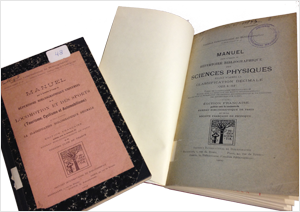News




 Following the creation of the UDC Consortium in 1992, and the dissolution of the FID in 2000, records from the organization were packed into around 150 large cardboard boxes waiting for a permanent place.
Following the creation of the UDC Consortium in 1992, and the dissolution of the FID in 2000, records from the organization were packed into around 150 large cardboard boxes waiting for a permanent place.
The collection consists of:
- around 250 archive folders from the FID with the organization's documentation and publications since its foundation in 1895 (then known as the International Institute of Bliography)
- the archive of the UDC
- the records of the FID Central Classification Committee
- UDC revision records since the 1920s (around 60 metres of shelf space)
- UDC editions in world languages since 1905 (around 30 metres of shelf space)
Once the entire collection is categorised we will start with a more detailed analysis of the material, its classification and processing. Cataloguing, classification and digitizing the collection will start in 2013, once we have a full overview of the size and content of the archive. There is no doubt that the part of the archive dealing with FID and its international work on documentation and bibliography will be valuable to many researchers in this field. A carefully maintained record of the UDC development, the early correspondence and discussion of the FID/CCC will certainly be a valuable source for researchers in the field of classification history.





